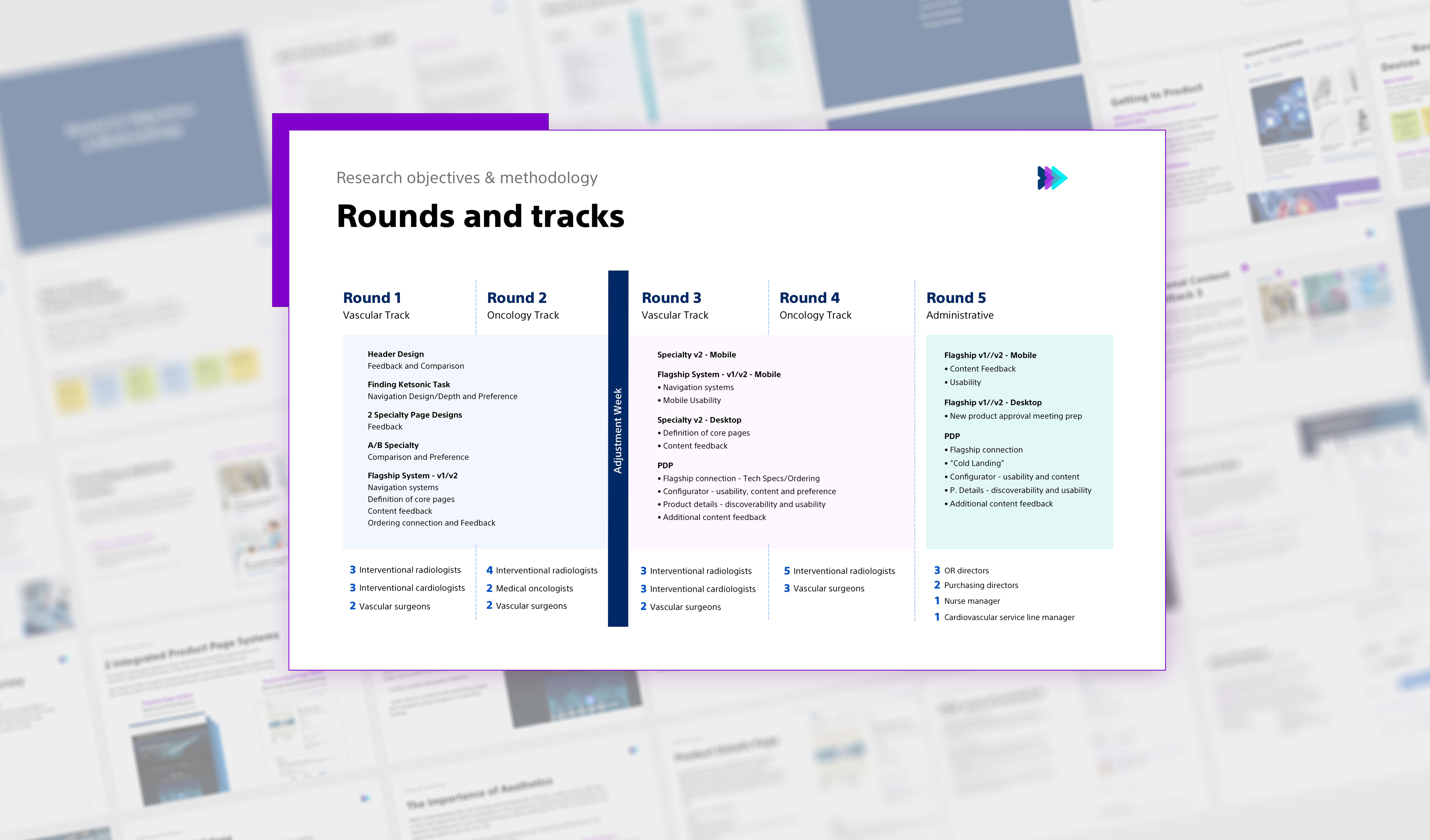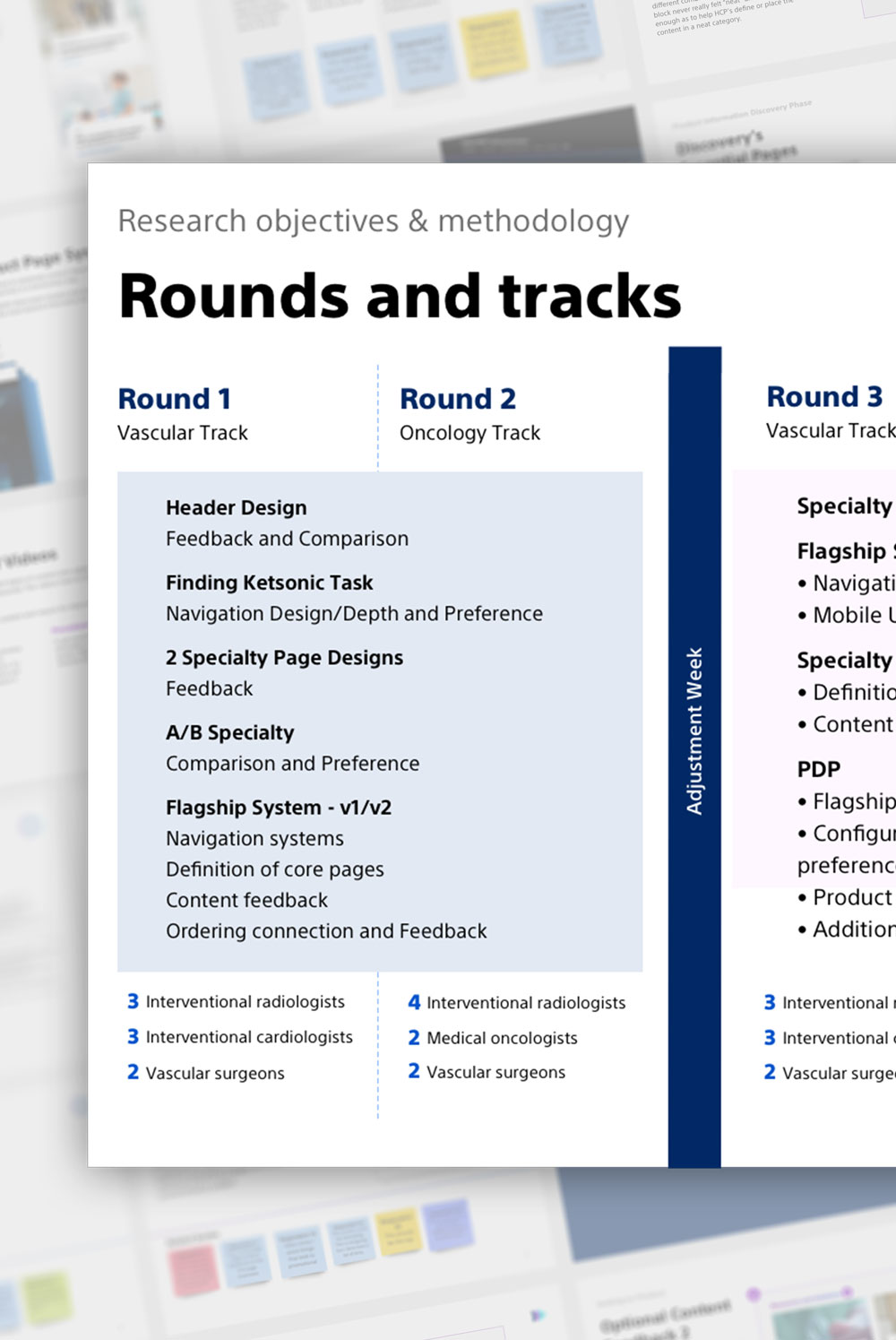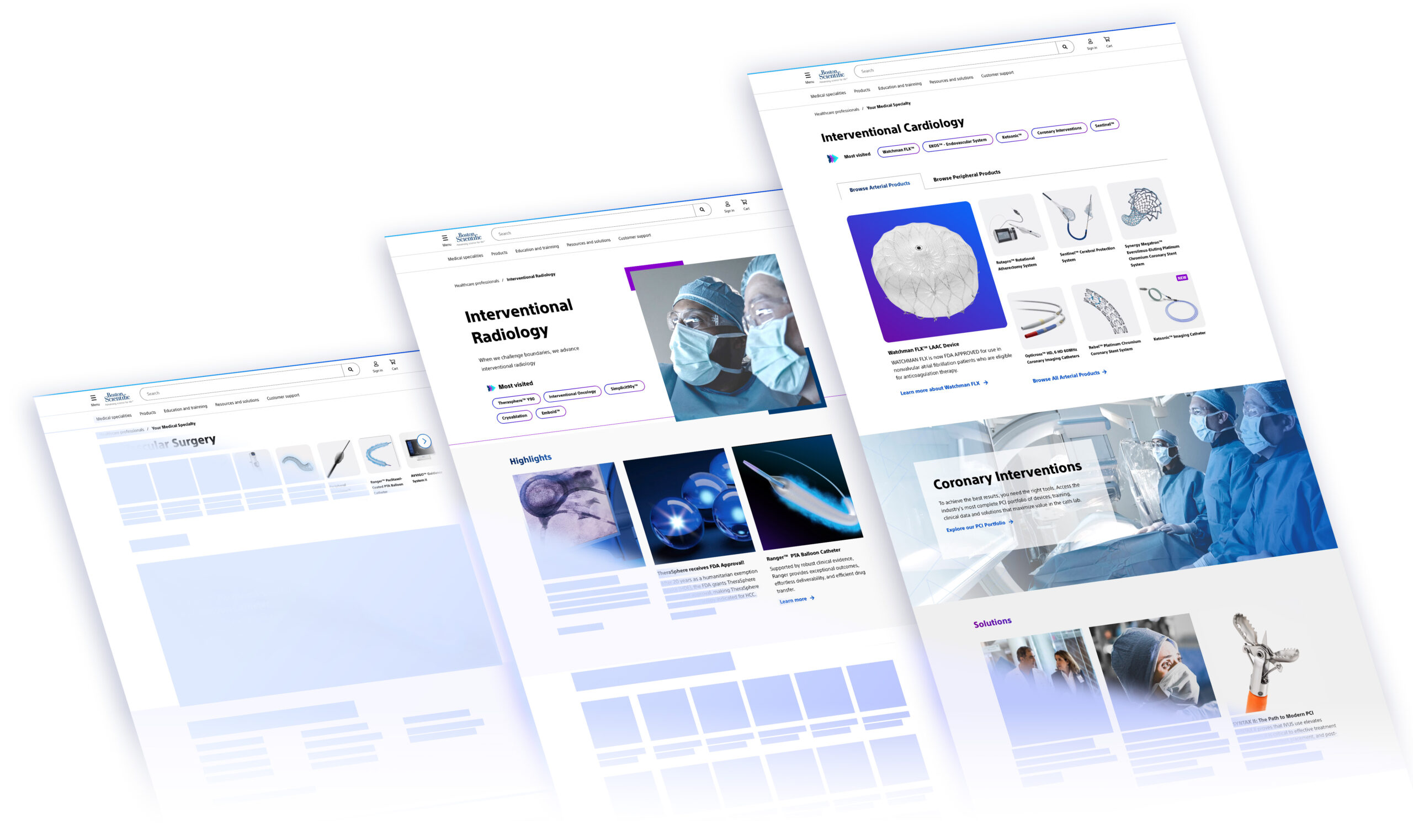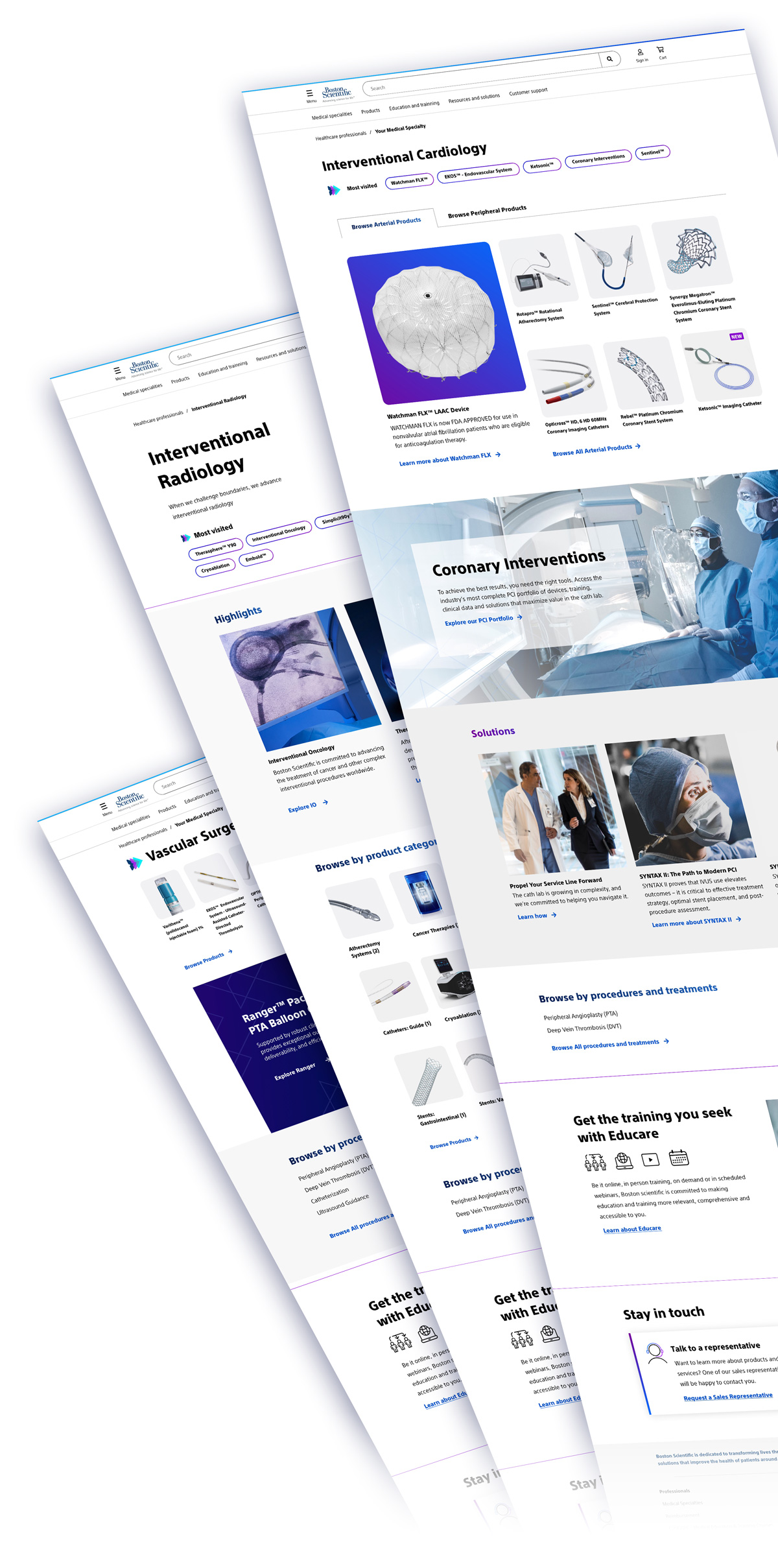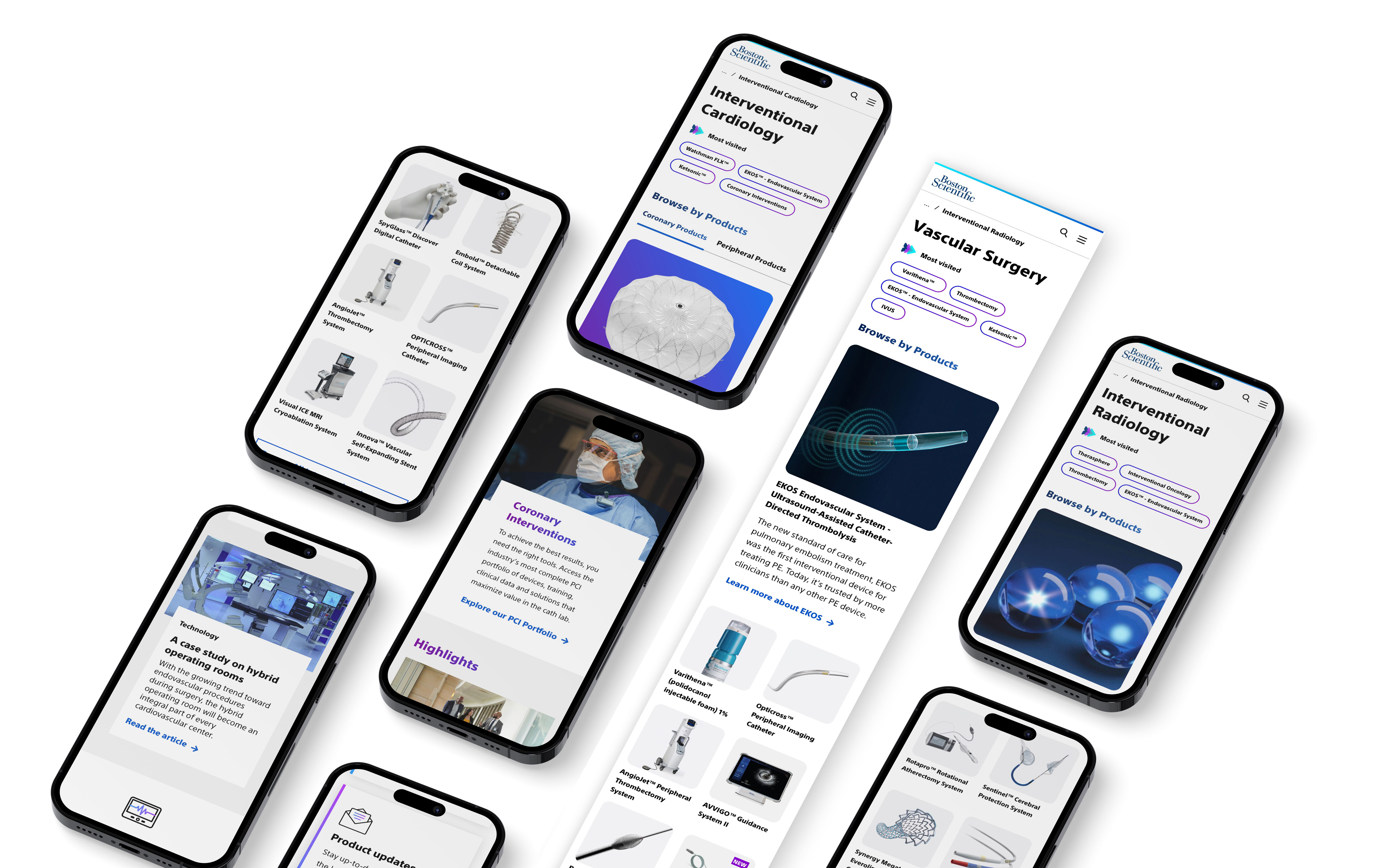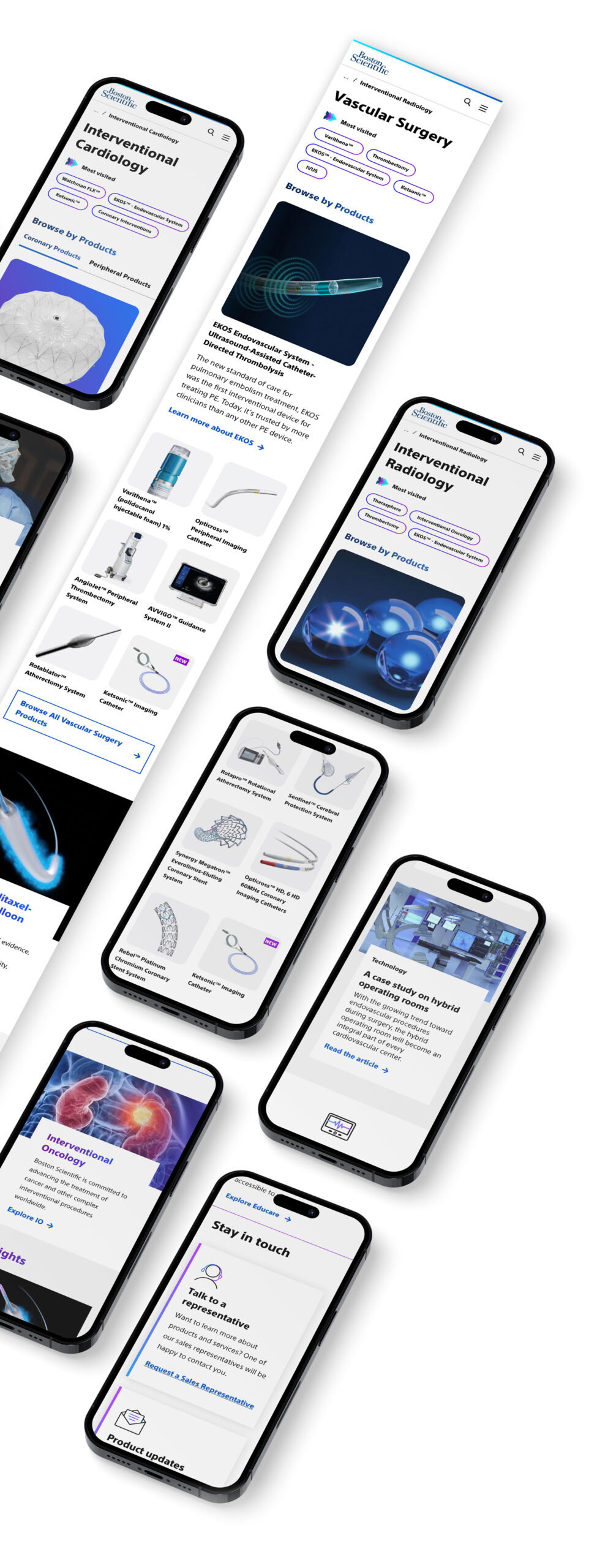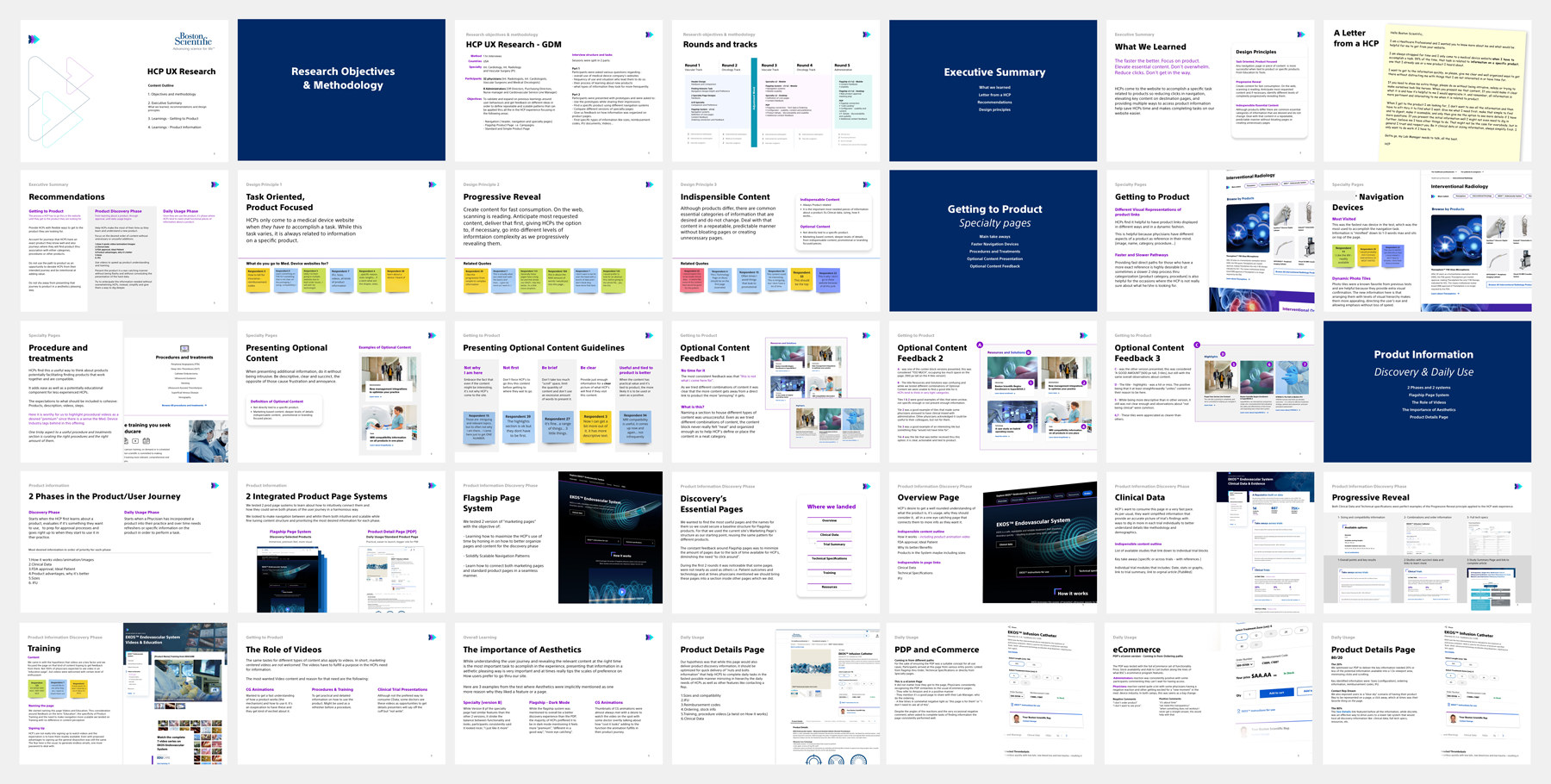One of the aspects of major growth during my time at Boston Scientific was the opportunity to manage a team of designers and lead many User Research efforts throughout the organization. It allowed me to branch out to more comprehensive and strategic studies beyond usability and preference tests, with which I had plenty of experience. Here, we will briefly focus on one such study.





